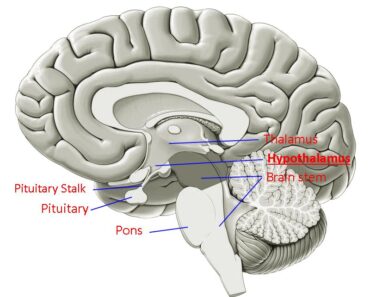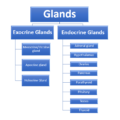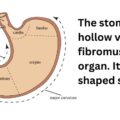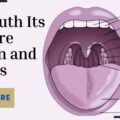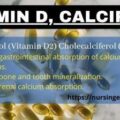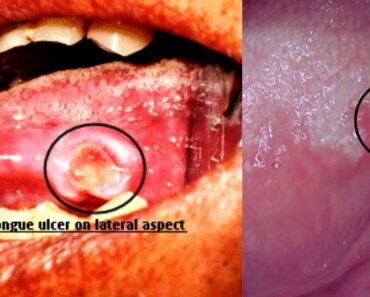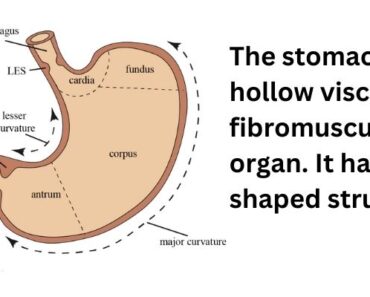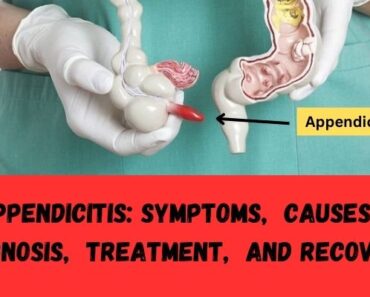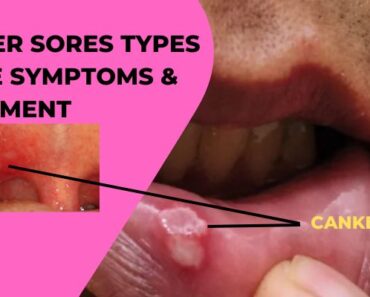The hypothalamus is the main link between your endocrine system and your nervous system. Your hypothalamus keeps your body balanced in a steady state called homeostasis. It is a specialized center in the brain that acts as a master coordinator of hormonal action. The hypothalamus releases certain releasing or inhibiting hormones in response to the CNS.
Hypothalamus location/ anatomical position of
The hypothalamus is a small but critical structure in the human brain, that is roughly the size of an almond. located deep within the brain, positioned just above the brain stem, below the thalamus, and anterior to the pituitary gland. Specifically, it lies at the base of the diencephalon, which is part of the forebrain / limbic system. Its anatomical location places it near the center of the brain, where it plays a pivotal role in regulating various physiological processes and behaviors through its control of hormone release and autonomic functions.
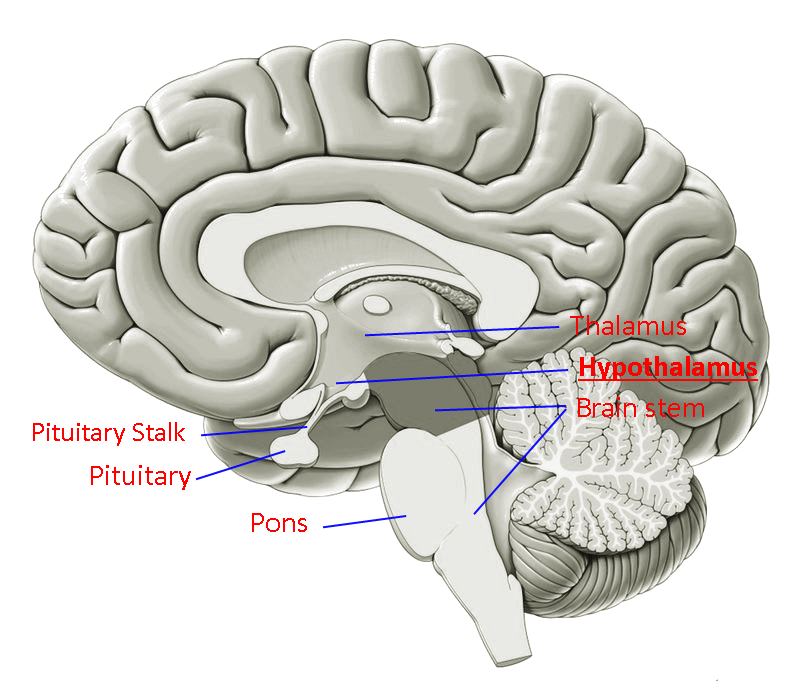
Function of hypothalamus
The hypothalamus is composed of three main regions classified into anterior, middle, and posterior regions. The hypothalamus contains many small nuclei. Major nuclei include the supraoptic and paraventricular nuclei. here are the Functions of the hypothalamus.
Anterior Region (Supraoptic Region):
- Located at the front of the hypothalamus, the anterior region, also known as the supraoptic region, plays a pivotal role in regulating body temperature and the circadian rhythm governing the sleep-wake cycle.
- It accomplishes this through its specialized nuclei that oversee the secretion of hormones essential for metabolic balance, reproductive functions, and adaptation to daily environmental changes.
Middle Region (Tuberal Region):
- The middle region, often referred to as the tuberal region, encompasses prominent nuclei such as the ventromedial and arcuate nuclei.
- The ventromedial nuclei are integral to appetite regulation, influencing hunger signals and satiety responses that help maintain energy homeostasis.
- Meanwhile, the arcuate nuclei are crucial in secreting growth hormone, which is vital for the development and maintenance of tissues and organs throughout the body.
Posterior Region (Mammillary Region):
- The mammillary region includes significant nuclei such as the posterior hypothalamic nucleus and the mammalian nucleus.
- The posterior hypothalamic nucleus regulates body temperature by inhibiting mechanisms like shivering and sweating, thus helping to maintain thermal homeostasis.
- The mammillary nucleus is notably involved in memory function, particularly in memory retrieval and spatial navigation tasks.
Each of these regions and their nuclei within the hypothalamus contributes to its role as a central coordinator of autonomic functions, hormone secretion, temperature regulation, appetite control, circadian rhythms, and memory processes. The integration and regulation of these functions are crucial for overall homeostasis and adaptation to environmental changes.
Hypothalamus hormones
The hypothalamus produces at least seven releasing or inhibiting hormones.
GRH (Growth hormone-releasing hormone)
It has 44 AA (amino acids) which stimulate the release of GH or somatotropin which promotes growth.
GRIH (Growth hormone releasing inhibiting hormone)
It is also known as somatostatin it contains 14 AA it inhibits the release of GH.
TRH (Thyrotropin-releasing hormone)
It is a tripeptide consisting of glutamate Histidine and proline amino acids. It stimulates the anterior pituitary to release TSH
CRH (Corticotropin-releasing hormone)
Contents 41 AA. stimulate the anterior pituitary to release ACTH which acts on the adrenal cortex.
PRH (Protection releasing hormone)
It stimulates the anterior pituitary to release prolactin hormone.
PIH (Prolactine inhibiting hormone) or dopamine.
It is a small peptide that inhibits the release of prolactin from the anterior pituitary.
GnRH (Gonadotropin- releasing hormone)
It stimulates the anterior pituitary to release Gonadotropins (FSH & LH).
Disorders of hypothalamus
Each hormone must be secreted at a precise level. Too much or too little secretion can lead to hypothalamic disorders. Hypothalamic disorders can be caused by the following problems:
- Head injury traumatic or ischemic brain injury (Hypoxic injury).
- Brain Infection and septic shock
- Genetic disorder
- Tumors in the Hypothalamus
- Eating disorders like bulimia or anorexia.
- Brain surgery
- Autoimmune disorders
Symptoms that may indicate a hypothalamic disorder include:
- Fluctuations in body temperature.
- Dehydration or Water retention.
- Infertility
- Abnormally high or low blood pressure
- Insomnia
- Poor bone health.
- Change in appetite
- Frequent urination
- Delayed puberty
Also, Read
Endocrine MCQs Quiz -2nd For Upcoming Exams
Endocrine Quiz For Upcoming Nursing Exams
